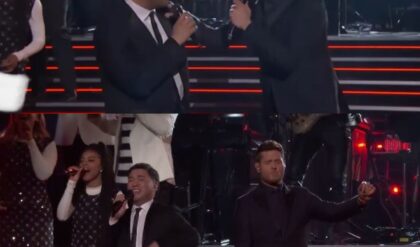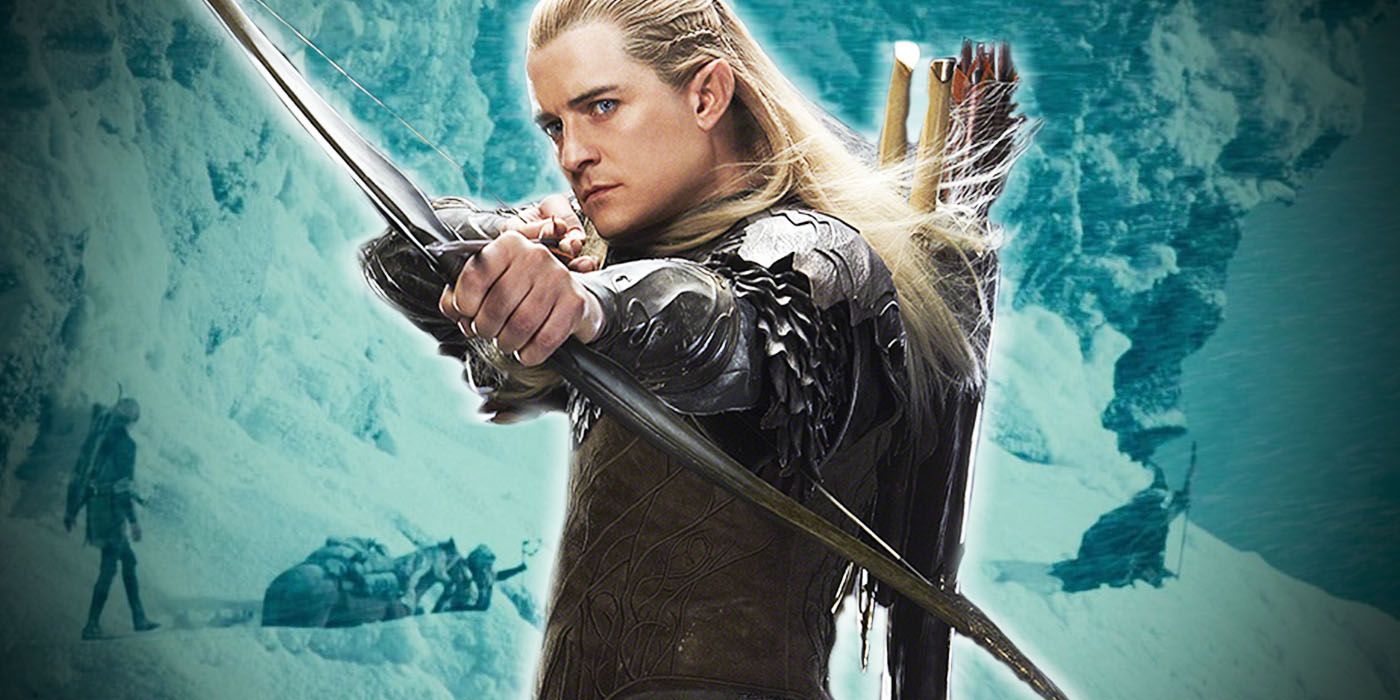
However, Legolas’ weapon of choice came with a significant downside. The others could keep fighting until their blades broke, but Legolas required a constant supply of arrows. Legolas was unfazed by this, felling countless enemies with ease. It often seemed that he had more than enough for whatever situation arose, but his access to arrows was indeed limited, especially since the Fellowship spent so much time trekking through the wilderness. Both the novel and film versions of The Lord of the Rings provided explanations for how Legolas overcame this struggle. Sometimes these explanations were direct, and other times they took the form of obscure details.
Other Elves Provided Legolas With More Arrows
At times, Legolas simply acquired new arrows. In The Lord of the Rings: The Fellowship of the Ring film, he ran low on arrows after fighting the Orcs and Cave-troll in the Mines of Moria. By the time the Fellowship reached Lothlórien, only three arrows were remaining in his quiver. The extended edition showed Galadriel handing out gifts to the members of the Fellowship, and Legolas’ was a Galadhrim bow. But that was not the only equipment he obtained in Lothlórien; he left with a new, ornately decorated quiver and several arrows. These arrows were visually distinct, as they were fletched with greenish-yellow feathers instead of brown feathers like his original arrows. In the later films, Legolas could have similarly resupplied at other safe locations, such as Edoras, Helm’s Deep, and Minas Tirith.
Despite this, Legolas ran out of arrows twice in Jackson’s films. The first instance was subtle and entirely possible to miss. It occurred during the Battle of Helm’s Deep in The Lord of the Rings: The Two Towers, just after Legolas slid down the stairs on an Uruk-hai’s shield. He shot his last few arrows on the way down, so when he reached the ground, he drew his twin knives and began fighting with them. Later in the battle, his quiver was full again, so he must have refilled it off-screen. There were many other Elven archers in Jackson’s version of the Battle of Helm’s Deep, so there may have been spare arrows along the wall — or, more grimly, he might have needed to take some arrows from the quivers of his fallen allies.
Legolas Needed To Be Resourceful on the Battlefield
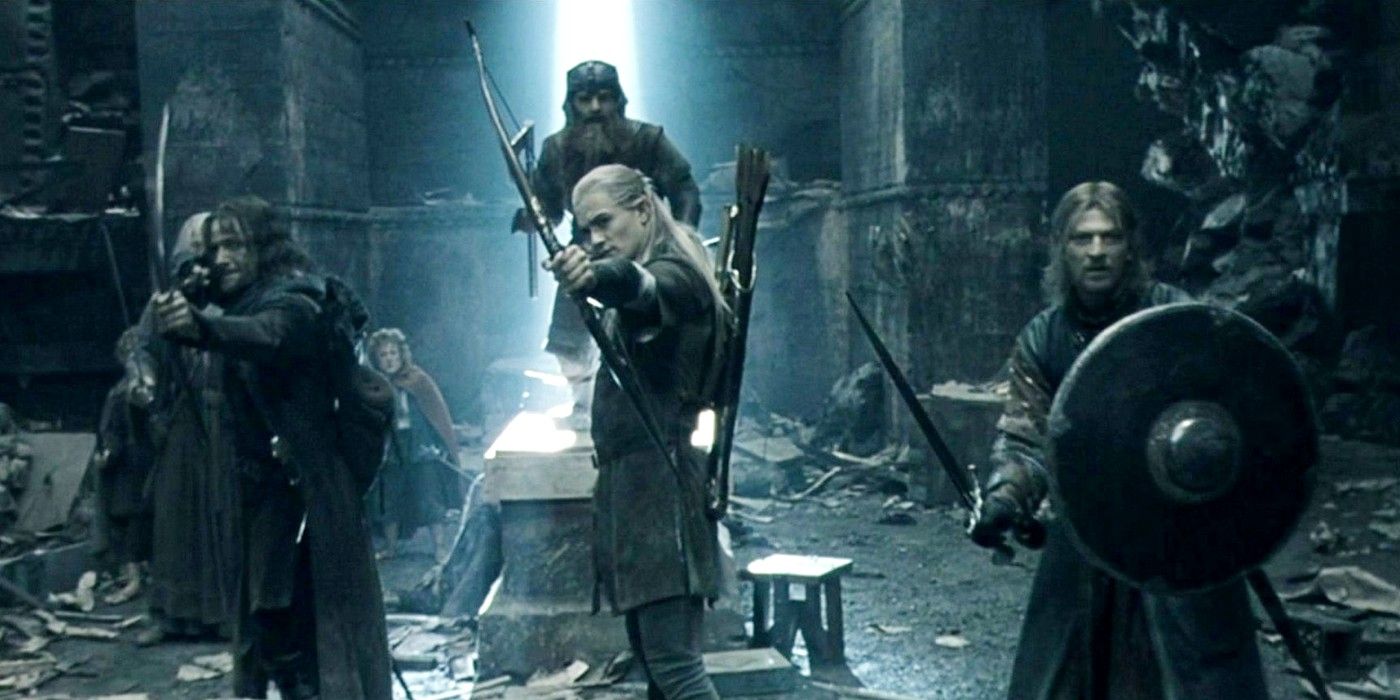
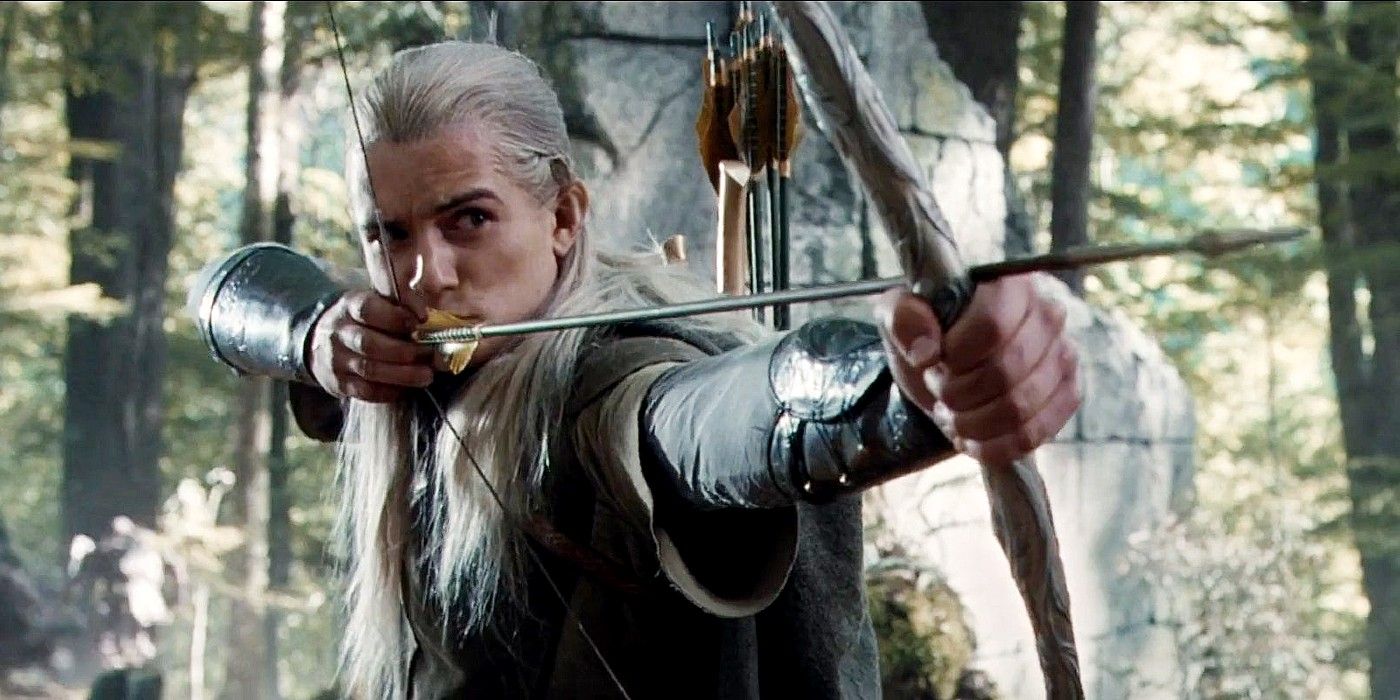
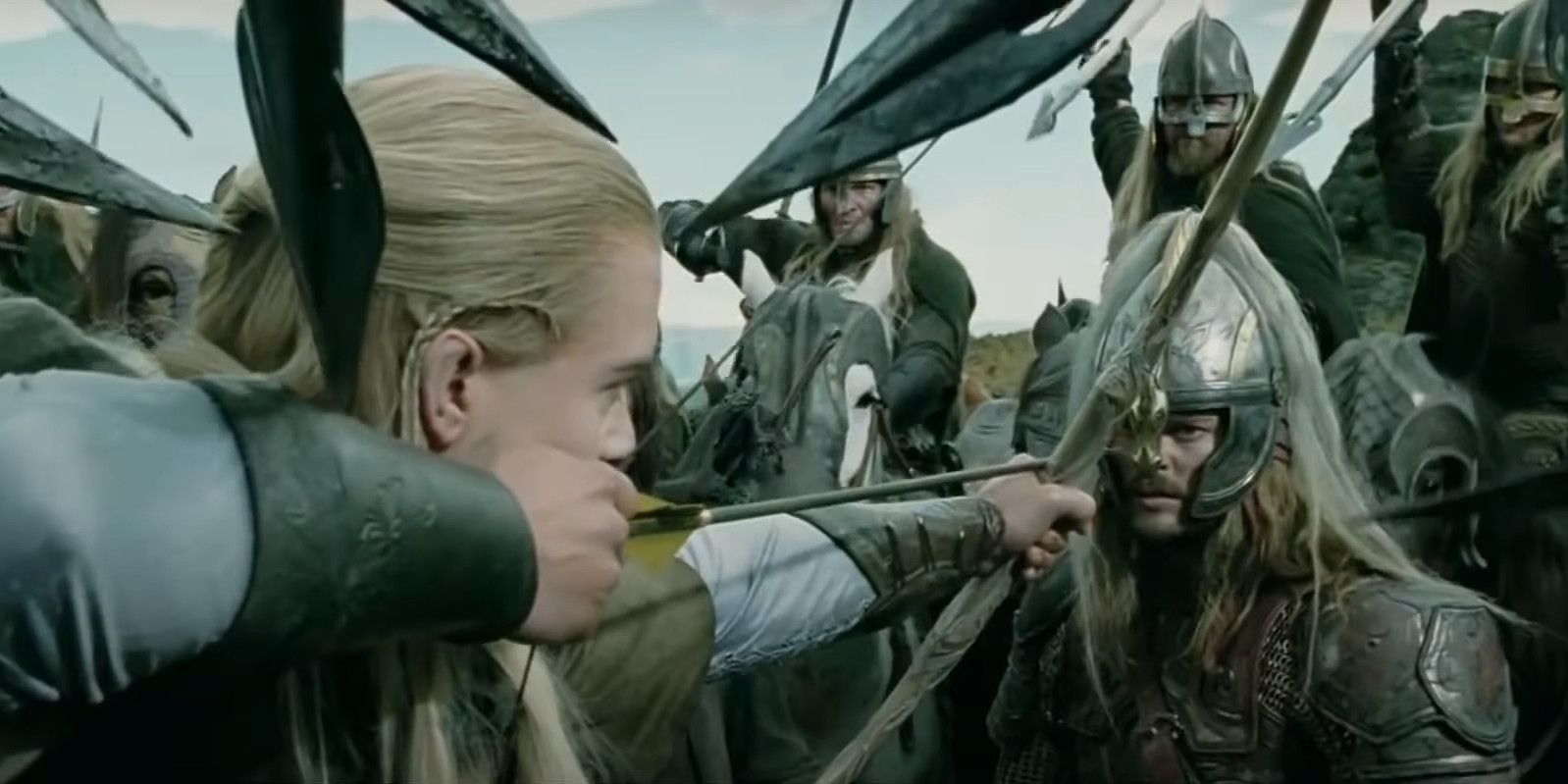
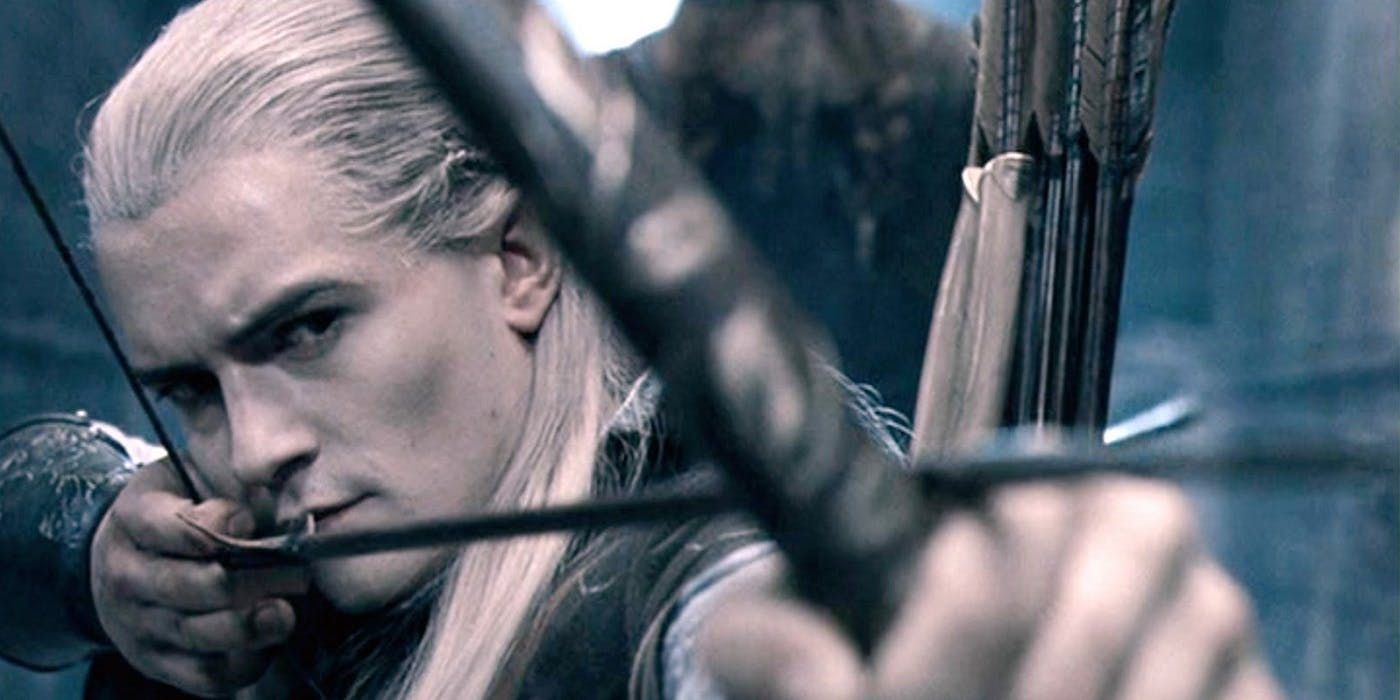




J. R. R. Tolkien addressed the issue of Legolas needing to replenish his arrows in the novel version of The Lord of the Rings. Legolas always did his best to recover his arrows from the battlefield after using them. His arrows sometimes broke when they struck their targets, but they often remained intact. On occasion, he also collected some arrows from his slain enemies. Though ordinary Orc arrows were incompatible with his bow, he was able to make use of Uruk-hai arrows; in the chapter “The Departure of Boromir” from The Fellowship of the Ring, Legolas “searched in the pile and on the ground about and found not a few that were undamaged and longer in the shaft than such arrows as the Orcs were accustomed to use.” But even in the novel, his arrows sometimes run out. During the skirmish at Amon Hen, he needed to switch to using his knife, and in the chapter “Helm’s Deep” from The Two Towers, he needed to “grope for spent arrows” after he emptied his quiver. This was the reason Gimli was able to surpass Legolas’ kill count despite the disadvantages of using an axe.
Legolas Was Middle-earth’s Greatest Action Hero
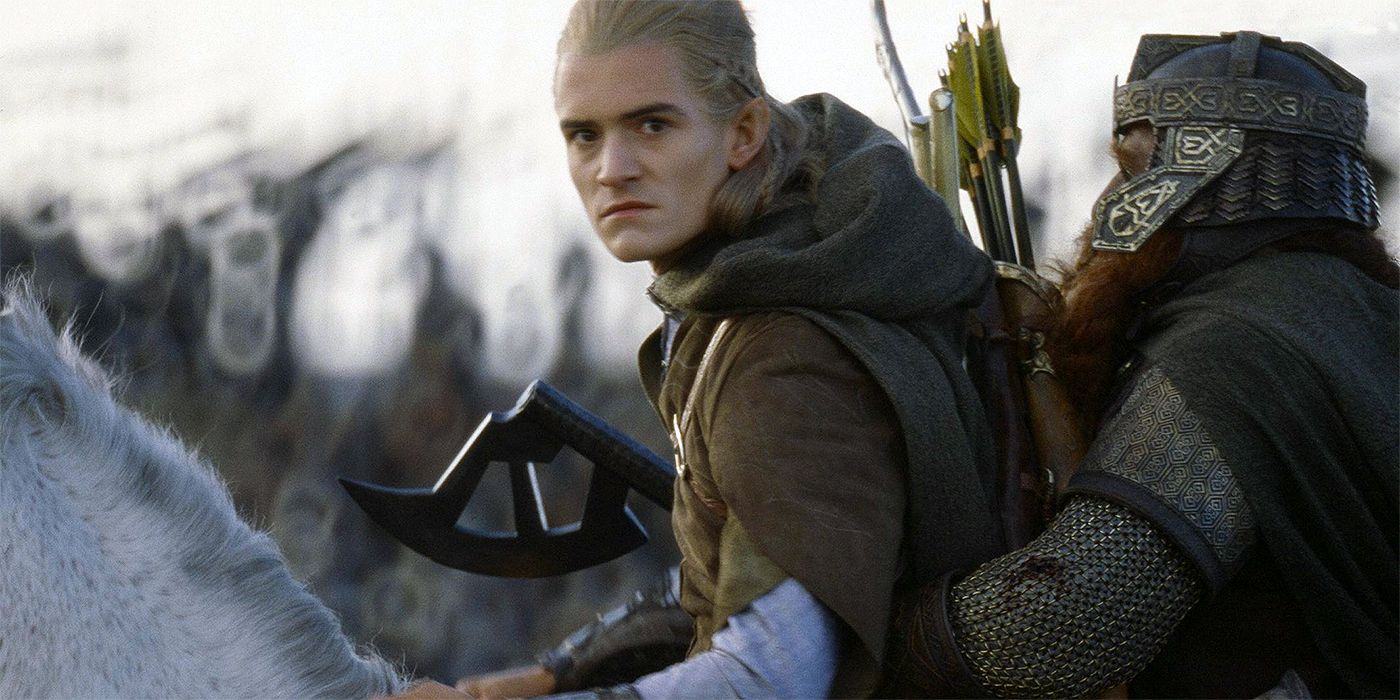
Some fantasy settings have sought to solve the problem of archers running out of arrows through magic. Across the many editions of Dungeons and Dragons, for instance, there have been various types of enchanted quivers that can hold infinite arrows or create new arrows from thin air. But that would not suit the kind of magic that existed in The Lord of the Rings. Though The Hobbit novel included some simple enchanted items along these lines, such as William the Troll’s talking purse, Tolkien took a different approach to magic in the rest of his legendarium. It tended to be vaguer and more powerful, like a force of nature. Legolas’ reliance on a limited supply of arrows made his efficiency in combat all the more impressive.

